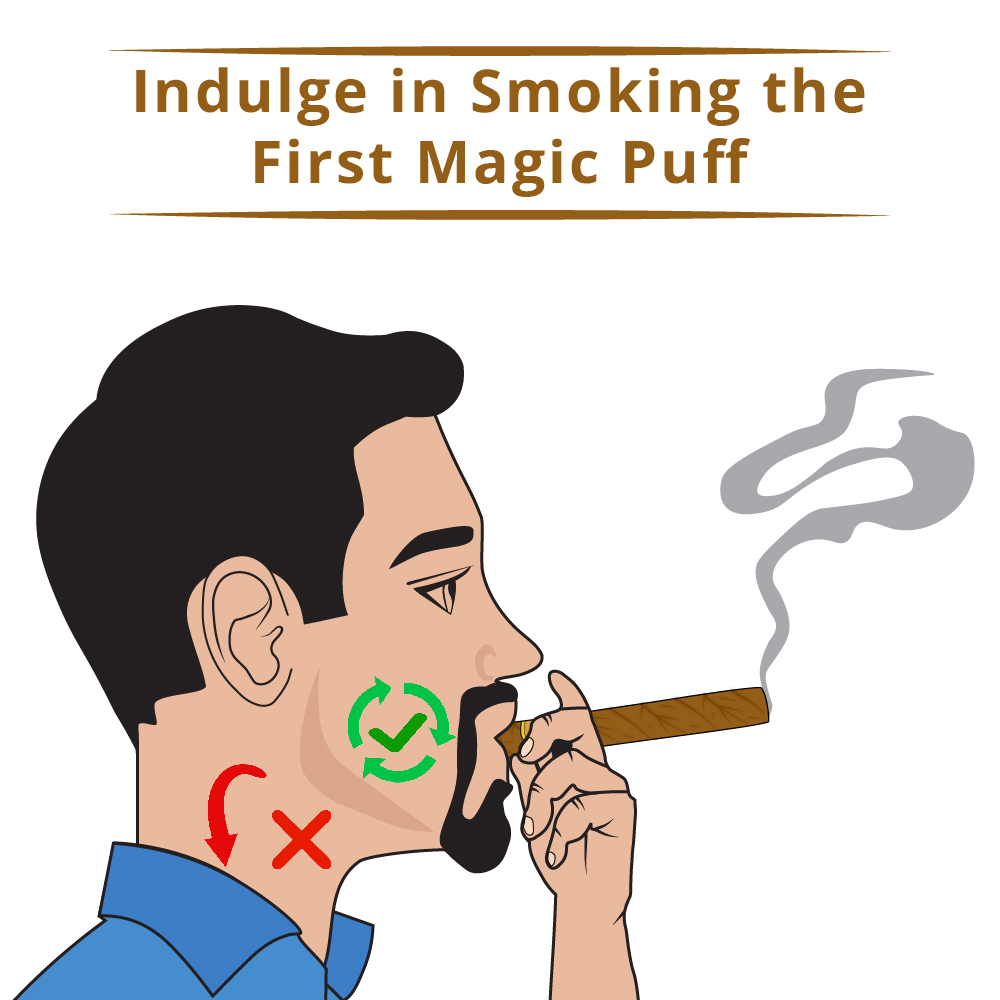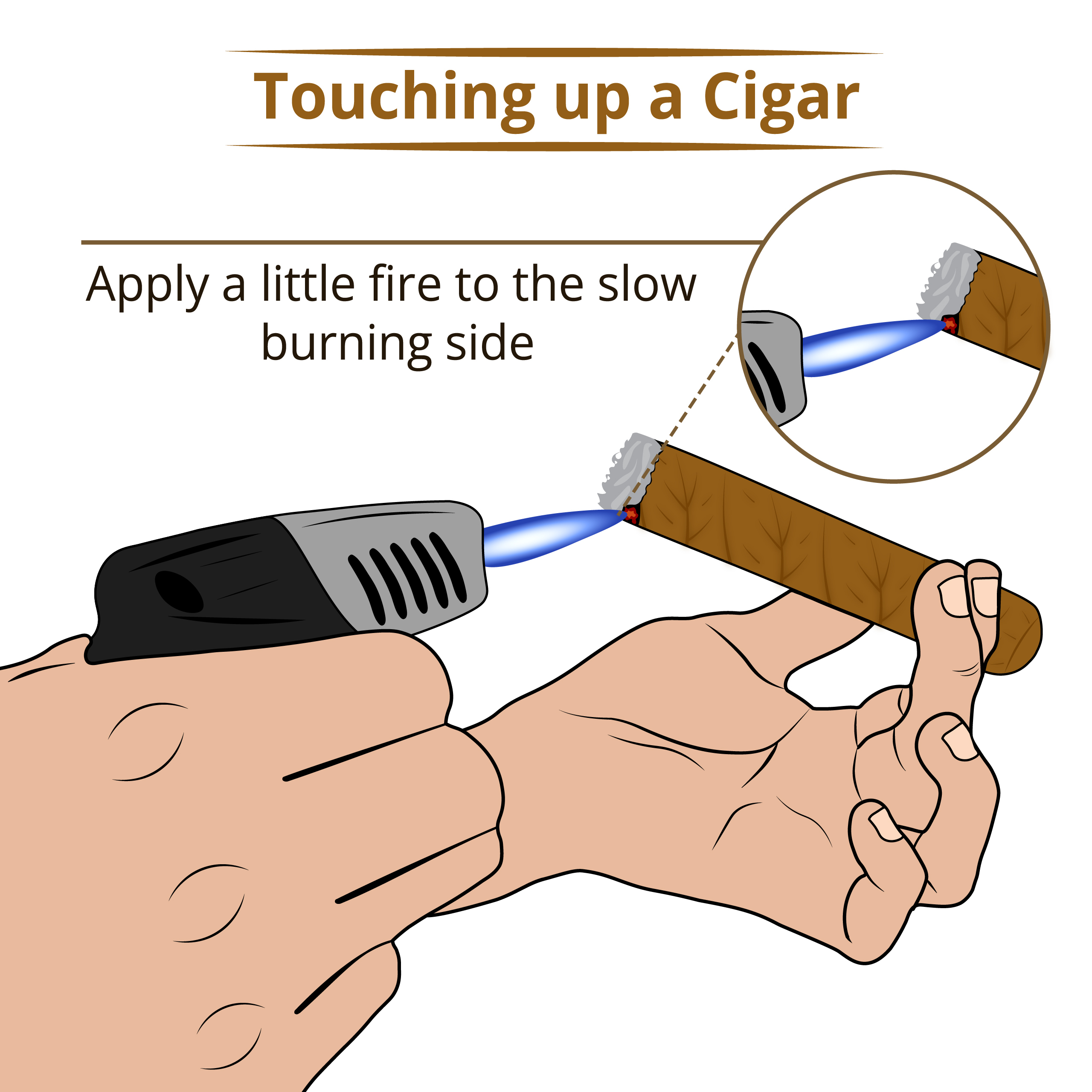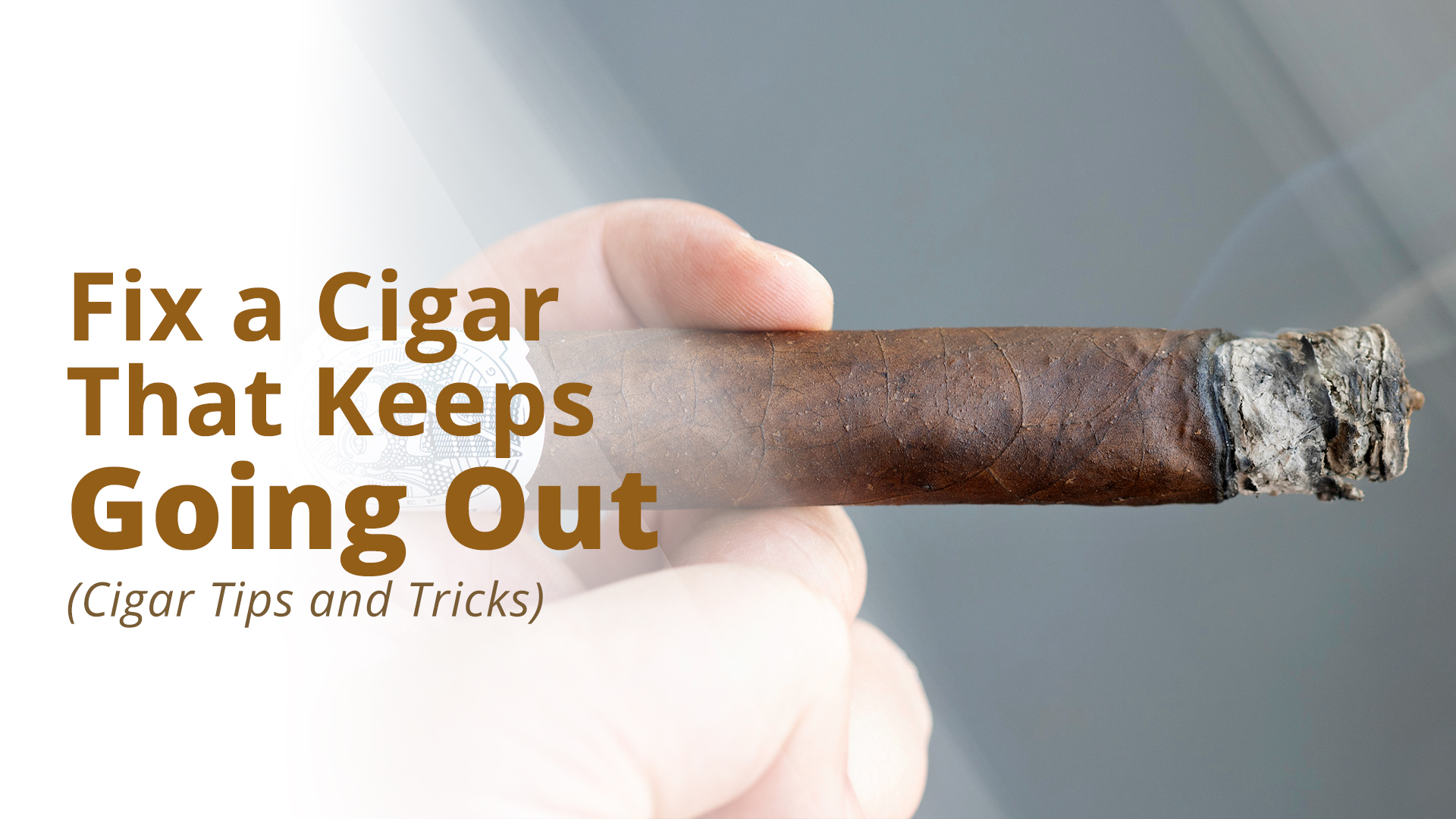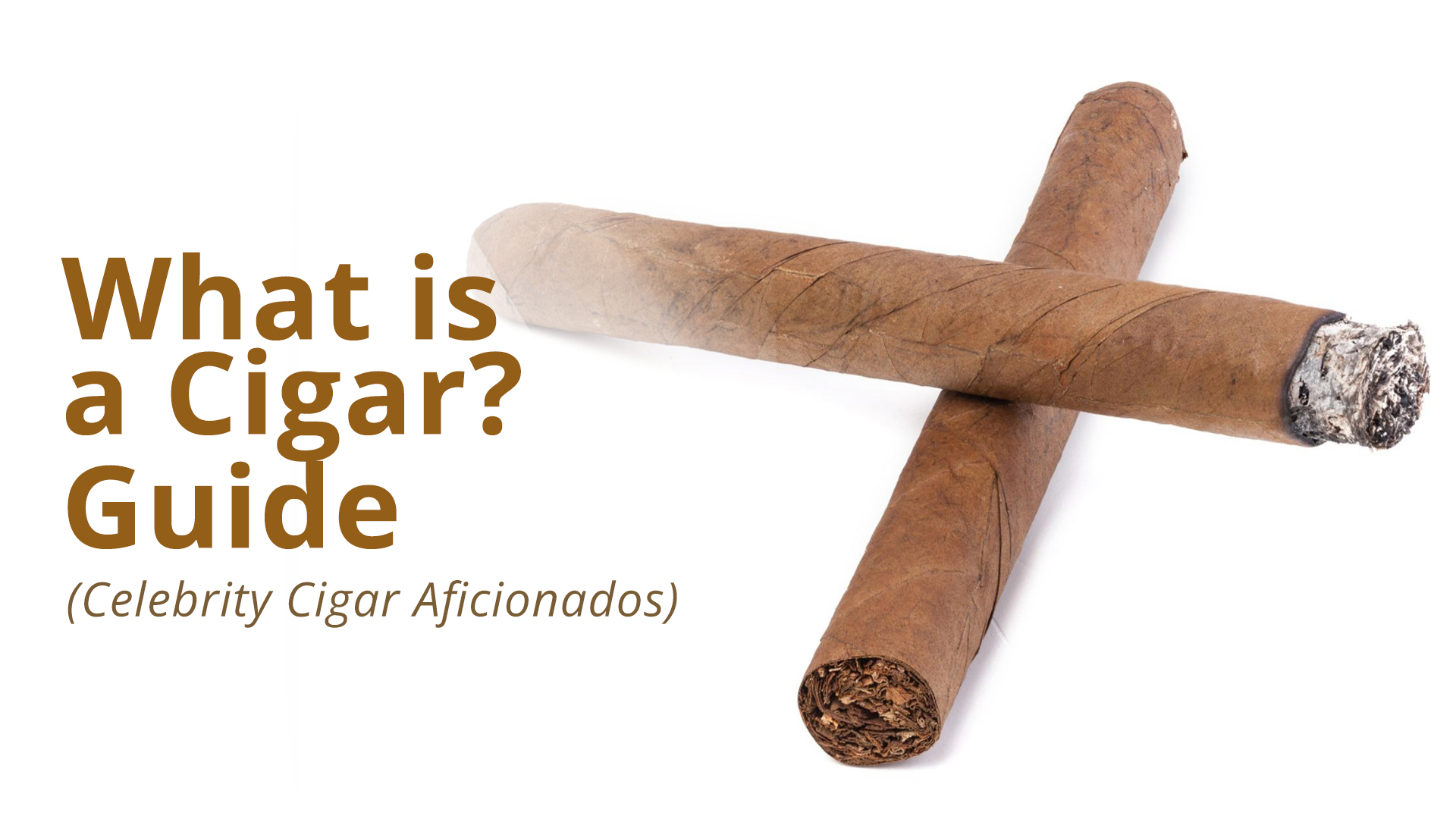Picture this: you’re in the middle of a delightful smoke, basking in the rich flavors of your favorite cigar, when – poof – it suddenly goes out.
Talk about a mood-killer, right? We’re here to help you keep the flame alive, literally.
In this article, we’ll be uncovering the sneaky culprits and revealing the secrets to keeping your stogie burning smoothly.
So, join us on this smoky adventure, and together, we’ll conquer the dreaded “cigar-out” once and for all.
Let’s fire it up!
Not Lighting It Up Properly
Did you light the cigar evenly, ensuring the entire foot was glowing uniformly?
The key to lighting a cigar the “proper way” is precision, patience, and a little bit of finesse.
First, choose the right lighter for the job – a butane torch lighter is your best bet for a clean, even burn. Now, let’s get down to business.

Hold your cigar at a 45-degree angle and gently toast the foot, ensuring not to let the flame directly touch the tobacco.
Next, rotate the cigar as you toast it for an even exposure to the heat.
This step is about priming the cigar and preparing it for that perfect, even burn.
Once you toast the foot nicely, it’s time for the main event.
Place the cigar in your mouth and take the first draw.

This is the so-called first “Virgin puff.”
Tunneling or Canoeing
Tunneling occurs when the filler tobacco burns faster than the binder and wrapper, creating a tunnel-like effect inside the cigar.
This can lead to an uneven burn and a less enjoyable smoking experience.
On the other hand, canoeing is when the cigar burns unevenly down one side, resembling the shape of a canoe.
Canoeing can be caused by a range of factors, such as poor construction, uneven lighting, or even windy conditions.
How can we tackle these cigar saboteurs?
A torch-lighter is really good in this situation, again. Use it to apply heat to the slower-burning side carefully.

When relighting your cigar, focus on the unlit areas with pinpoint accuracy.
Plugged Cigar Due to Bad Construction
Nothing is more frustrating than a plugged cigar.
You’re about to light up and take that first satisfying draw, only to find that you can’t get any air or smoke through.
It’s like trying to sip a thick milkshake through a coffee stirrer!
Usually, you can tell a cigar is plugged when taking a cold draw. It feels super tight, and the darn thing just won’t stay lit.
Sometimes, the roller might’ve gotten overzealous and packed too much binder or filler tobacco.
Other times, the cigar could be over-humidified or even suffer from excess moisture from our own mouths.
How can you fix this? First, try cutting the cigar a little deeper.
If that doesn’t do the trick, it’s time to bring out the big guns – a piercing tool.
Gently insert it to open up the obstructed draw.
And if you’re in a pinch, you can always MacGyver it with a matchstick, toothpick, or even a paper clip.
Just be gentle, and you’ll be back to enjoying your smoke in no time!
Puffing at the Right Pace
It’s actually pretty normal for a cigar to burn out after a few minutes if we’re not puffing on it.
The sweet spot is pausing for around thirty to sixty seconds between draws.
This little break gives our cigars time to develop nice, firm ash.
And it also lets us truly savor the flavors by not rushing from puff to puff.
If you set your cigar down for a few minutes, don’t be too shocked if it goes out.
See, the tobacco in a premium hand-rolled cigar is humidified, so it won’t keep burning like the Energizer Bunny if we’re not actively puffing on it.
Just remember, it’s all part of the experience, and finding the right rhythm is an art we can all master together!
Over-Humidified Cigar
First things first, proper humidity levels play a starring role in cigar storage.
Too much humidity can over-humidify your stogie.
This makes it difficult to keep lit and negatively impacts the burn.
On the other hand, an under-humidified cigar can be too dry, causing it to burn too fast and go out unexpectedly.
It’s like the Goldilocks of cigar storage – we need to find that “just right” level of humidity.
So, how do we strike that perfect balance? The ideal humidity for cigar storage typically falls between 65% and 72%, with a temperature around 70°F (21°C).
Maintaining these conditions can help ensure our cigars stay in prime condition, ready to deliver a superb smoking experience whenever the mood strikes.
A digital hygrometer is your best friend to keep your humidity in check.
Regular monitoring will help you maintain that sweet spot for your cigars.
You’d only want to store your cigars above 70% RH if you have a leaky humidor seal that lets humidity escape, requiring a higher RH to compensate.
Note: Be extra cautious for those using airtight environments like acrylic humidors, as it’s easier to over-humidify your cigars since no humidity escapes.
The key is knowing the ideal consistency for your favorite cigars and performing the occasional pinch test to ensure they’re in perfect smoking condition.
Windy or Drafty Conditions
You see, the wind can either extinguish the flame or cause an uneven burn, turning our otherwise relaxing smoking experience into a battle against the elements.
So, when you’re enjoying a stogie outdoors, try to find a sheltered spot or use a wind-resistant lighter to help you navigate those blustery challenges and keep your cigar game strong.
Note: Even in an enclosed space, it’s a good idea to gently rotate your cigar and spin it occasionally.
This simple yet effective practice can help ensure an even burn.




